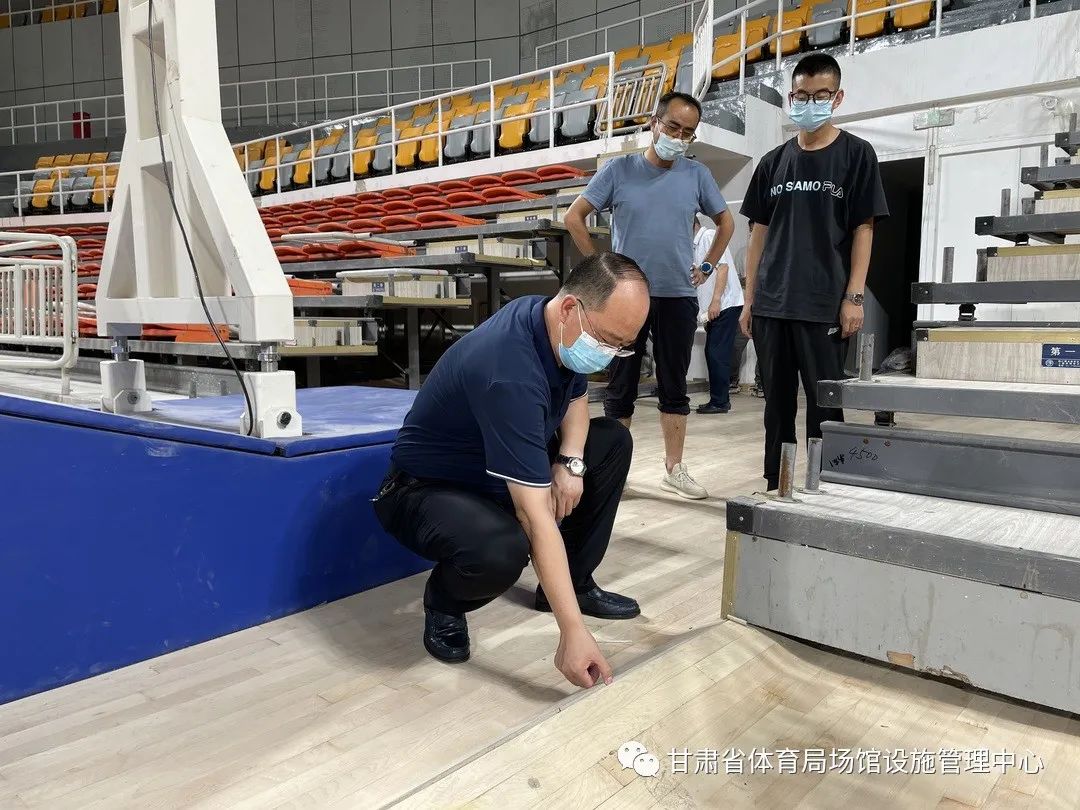Answer: Just click on “Texas Jinyou Ventilation and Air Conditioning” to follow!.
Positive pressure air supply, as an effective smoke prevention method for stairwells (hereinafter referred to as “stairwells”) and front rooms (shared front rooms), has been widely accepted and adopted in the design of high-rise buildings both domestically and internationally. When designing and calculating a positive pressure air supply system, the first problem encountered is how to determine some factors closely related to the design calculation, such as the number and number of open doors during fire evacuation, the positive pressure that should be maintained in the stairwell and front room, and the form of pressurized air supply outlets in the front room. Only after these calculation factors are determined can a certain calculation model be established for systematic design calculations. Based on my experience in design work in recent years, I would like to offer my personal opinions for discussion..
Regardless of the fire safety regulations both domestically and internationally, there is a consistent requirement for pressurization, that is, in the event of a fire, the pressure in the stairwell should be greater than the pressure in the front room and greater than the pressure in the corridor or indoor area..
The so-called positive pressure refers to the pressure difference on both sides of the fire doors in the smoke proof staircase and the front room and corridor. And positive pressure can be divided into maximum allowable pressure difference and minimum pressure difference. The so-called maximum allowable pressure difference refers to the maximum pressure difference that can be pushed open by general human force on both sides of all fire doors when they are closed. The value of the maximum allowable pressure difference is not completely consistent in different countries, and most countries consider 50Pa as the maximum allowable pressure difference. The so-called minimum pressure difference refers to the evacuation of personnel during a fire. Once the fire door is opened, the pressure in the stairwell and the front chamber of the door will instantaneously decrease. In order to prevent smoke from entering, it is necessary to maintain a certain minimum pressure difference at the door opening with a certain backflow wind speed. There are different regulations and requirements in different countries regarding the minimum pressure difference (or minimum door opening wind speed) required for smoke prevention during fires..
The original “High Regulation” of our country did not specify a clear numerical requirement for the minimum pressure difference (or minimum door opening wind speed) for smoke prevention, only stating that “positive pressure should be maintained, and the pressure in the stairwell should be slightly higher than that in the front room.”. In Article 8.3.2 of the new “High Speed Regulations”, the wind speed requirement for the door opening is proposed, which means that “when opening the door, the wind speed passing through the door should not be less than 0.7m/s.” Additionally, in Article 8.3.7, the residual pressure requirement for smoke proof stairwells and front rooms is proposed, which means that the remaining pressure values should meet the following requirements: 50Pa for smoke proof stairwells; The front room, fully functional front room, fire elevator front room, and enclosed refuge level (room) are 25Pa..
.
2.1 The pressurized air supply outlet in the stairwell is generally set up every 2-3 floors, all of which are normally open louvers. The specific form can be single-layer louvers or double-layer louvers, and double-layer louvers are more advantageous for adjusting and balancing the air supply volume..
2.2 The pressurized air supply outlet in the front chamber is generally set at one per floor, and there are different choices and methods for the form of the air supply outlet..
2.2.1 The general practice is to select the pressurized air supply outlet of the front chamber (shared front chamber) as a normally closed (electrostatic contact). When a fire occurs, immediately start the pressurized air supply fan and only open the air supply outlets in the front chamber of the ignition layer and adjacent layers. This approach concentrates the air supply from the front chamber on pressurizing these three (or four) floors, and the air supply from these floors is basically not affected by the air supply from other floors.


